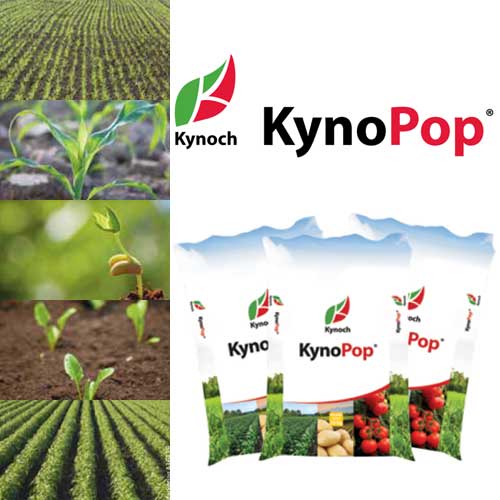
Nitrogen Fertilizer vital to Maintain the World’s Food Supply
12/07/2021
How to Choose a Vegetable Fertilizer
12/07/2021The Essential Components of a Plant Fertilizer
Despite their many profound differences, animals and plants have much in common. Among the more obvious of these are the need for respiration and nutrition. For example, plants utilise a complex green pigment known as chlorophyll to capture the energy in sunlight, while animals employ a chemically similar compound named haem to bind oxygen. While haem is iron-based, the chlorophyll molecule contains magnesium, an essential nutrient often included in plant fertilizer.
In practice, just as one molecule of haem contains a single iron atom, a chlorophyll molecule has only one magnesium atom. Consequently, plants require relatively small quantities of this element even though it is an essential nutrient. Small amounts of many other chemicals can also play a vital role in the physiology of various plants. These are termed micronutrients and include boron, copper, chlorine, iron, manganese, molybdenum and zinc.

While one should never underestimate the importance of these trace chemicals, macronutrients are often the primary focus when manufacturing plant fertilizers. In addition to water and carbon dioxide, a plant’s most essential chemical requirements are threefold. They are nitrogen, phosphorus and potassium, and manufacturers generally refer to them just by their respective chemical symbols, N, P and K, when labelling their products. Let’s examine the crucial roles played by each of these common elements in the life of plants.
- Nitrogen: Although nearly 80% of the earth’s atmosphere is nitrogen, the gaseous form cannot be utilised directly by plants. Instead, they must obtain it from suitable nitrogen compounds present in the soil or plant fertilizer. It is an essential component of chlorophyll and the amino acids necessary to synthesise proteins. Consequently, it is vital for healthy leaf growth and reproduction.
- Phosphorus: This non-metallic element is present in every plant cell and plays a vital role in several core functions. In addition to its involvement in photosynthesis, energy transfer and the circulation of nutrients, phosphorus is also involved in root flower and seed formation and the transfer of genetic information to subsequent generations.
- Potassium: As the third primary nutrient generally present in plant fertilizer, potassium helps to promote rapid growth and strong stems. It also plays a part in pH regulation, enzyme activation, membrane permeability, and the opening and closing of the specialised leaf structures know as stomata to control water loss.
The required concentrations and proportions of these macronutrients vary at various stages during a plant’s life cycle. To better understand your crop’s needs and ensure using the most appropriate plant fertilizer to satisfy them, be sure to consult a plant nutrition specialist at Kynoch.






.png?v=1594369838025?v=1594369838026)